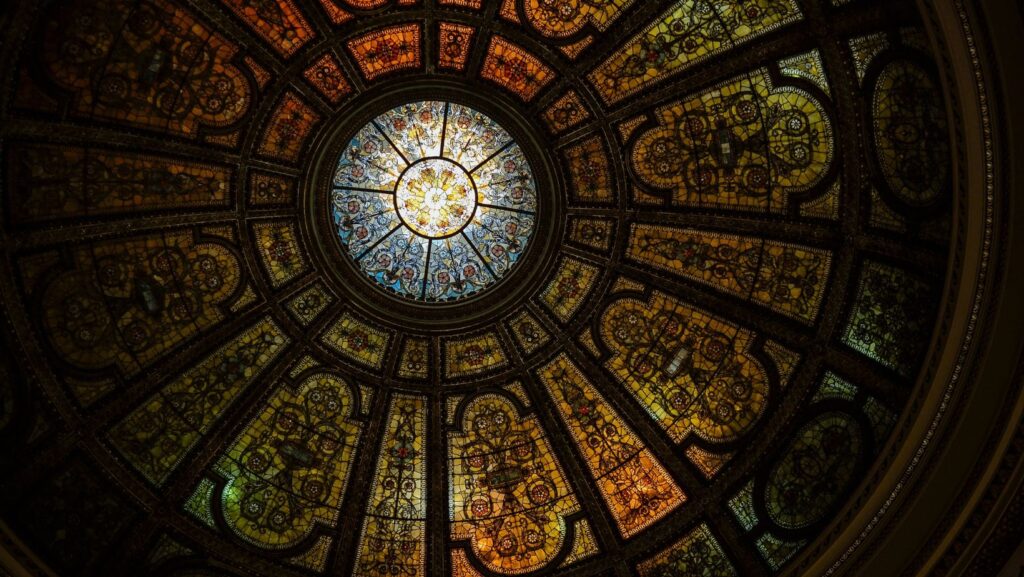The-Art World Art Galleries
 In the vibrant realm of the art world, galleries serve as both sanctuaries and showcases for creativity. These dynamic spaces not only display stunning works but also foster connections between artists, collectors, and enthusiasts. As art evolves, galleries adapt, presenting diverse styles and mediums that reflect the ever-changing cultural landscape.
In the vibrant realm of the art world, galleries serve as both sanctuaries and showcases for creativity. These dynamic spaces not only display stunning works but also foster connections between artists, collectors, and enthusiasts. As art evolves, galleries adapt, presenting diverse styles and mediums that reflect the ever-changing cultural landscape.
Art galleries are pivotal in shaping trends and launching careers. They provide a platform for emerging talent while celebrating established masters. Each exhibition offers a unique narrative, inviting viewers to explore new perspectives and engage with thought-provoking pieces. Whether nestled in bustling cities or tucked away in quiet corners, galleries remain vital to the art ecosystem.
Beyond mere exhibition spaces, galleries are cultural hubs that inspire dialogue and spark innovation. They challenge perceptions and encourage a deeper appreciation of the artistic journey. As the art world continues to expand, galleries play an essential role in bridging the gap between artists and audiences, enriching the cultural fabric of society.
Exploring the Art World Art Galleries
Art galleries serve as vital conduits for experiencing diverse artistic expressions. Showcasing artworks in various mediums such as paintings, sculptures, and digital art, galleries enrich the viewer’s understanding of cultural and historical contexts. By exhibiting a broad spectrum of styles, from abstract to traditional, galleries invite patrons to explore different perspectives and aesthetics.
Through curated exhibitions, galleries spotlight emerging artists while also honoring established ones. Emerging talent gains visibility and validation as galleries introduce new voices to the art world. Meanwhile, works of renowned artists uphold the prestige and intellectual caliber associated with these spaces, attracting seasoned collectors and new enthusiasts alike.
Galleries function as spaces for dialogue, drawing diverse audiences and fostering conversations about art’s role in society. These interactions often lead to impactful connections among artists, critics, and collectors. By hosting events such as artist talks and panel discussions, galleries further stimulate intellectual exchange and cultural education.
Investment in art benefits both collectors and artists, with galleries acting as intermediaries that facilitate transactions. Collectors, seeking to diversify their portfolios, rely on galleries for authentic and valuable pieces. Artists, eager to sustain their careers, depend on galleries to present their work to discerning audiences.
By nurturing innovation, galleries play an essential role in shaping contemporary art trends. They serve not only as exhibition spaces but also as cultural hubs that actively contribute to the vibrancy and dynamism of the art world. Through these multifaceted roles, art galleries continue to bridge the gap between creation and appreciation, enriching the global cultural tapestry.
The Role of Art Galleries in the Art World
Art galleries connect artists with audiences, shaping the cultural narrative in the art world. They offer exhibition spaces and create platforms that enhance an artist’s visibility.
Facilitating Artist Exposure
Galleries play a crucial part in promoting artists, especially emerging ones. They provide physical and virtual spaces where artists can showcase their work, offering them an audience they might not reach independently. This exposure increases an artist’s credibility and assists in building their reputation within the art community. The promotion is often enhanced through gallery-hosted events and collaborations with art fairs, which further amplify an artist’s reach.
Curating Artistic Experiences
 Galleries create unique experiences by curating exhibitions that reflect diverse themes and styles. Curators carefully select and organize artworks to convey specific messages or narratives. This intentional arrangement allows visitors to engage deeply with the pieces, understanding the broader artistic context. The gallery setting itself enhances the viewer experience, providing an environment that fosters contemplation and appreciation. These curated exhibitions often set artistic trends, influencing both the art market and cultural discourse.
Galleries create unique experiences by curating exhibitions that reflect diverse themes and styles. Curators carefully select and organize artworks to convey specific messages or narratives. This intentional arrangement allows visitors to engage deeply with the pieces, understanding the broader artistic context. The gallery setting itself enhances the viewer experience, providing an environment that fosters contemplation and appreciation. These curated exhibitions often set artistic trends, influencing both the art market and cultural discourse.
Art galleries come in various forms, each serving unique purposes within the art world. These spaces provide platforms for displaying and promoting artistic creations.
Commercial art galleries operate as for-profit ventures focusing on selling artwork. They represent artists, promote their work, and manage sales transactions, earning a commission from each sale. These galleries often hold exhibitions highlighting featured artists and may participate in art fairs to increase visibility. Established artists benefit from commercial galleries’ marketing efforts, while emerging artists gain exposure and credibility.

